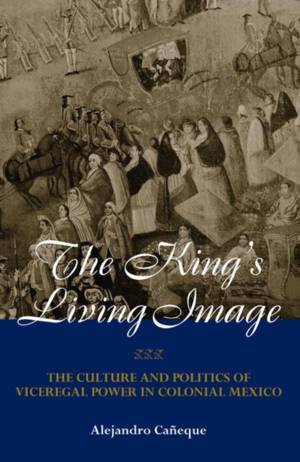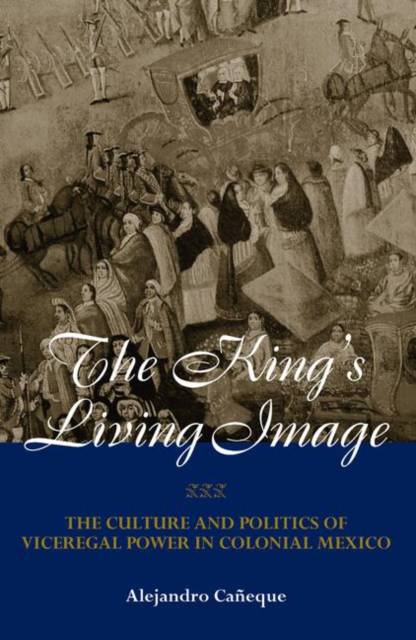
- Afhalen na 1 uur in een winkel met voorraad
- Gratis thuislevering in België vanaf € 30
- Ruim aanbod met 7 miljoen producten
- Afhalen na 1 uur in een winkel met voorraad
- Gratis thuislevering in België vanaf € 30
- Ruim aanbod met 7 miljoen producten
The King's Living Image
The Culture and Politics of Viceregal Power in Colonial Mexico
Alejandro CanequeOmschrijving
To rule their vast new American territories, the Spanish monarchs appointed viceroys in an attempt to reproduce the monarchical system of government prevailing at the time in Europe. But despite the political significance of the figure of the viceroy, little is known about the mechanisms of viceregal power and its relation to ideas of kingship. Examining this figure, The King's LivingImage challenges long-held perspectives on the political nature of Spanish colonialism, recovering, at the same time, the complexity of the political discourses and practices of Spanish rule. It does so by studying the viceregal political culture that developed in New Spain in the sixteenth and seventeenth centuries and the mechanisms, both formal and informal, of viceregal rule. In so doing, The King's Living Image questions the very existence of a "colonial state" and contends that imperial power was constituted in ritual ceremonies. It also emphasizes the viceroys' significance in carrying out the civilizing mission of the Spanish monarchy with regard to the indigenous population. The King's LivingImage will redefine the ways in which scholars have traditionally looked at the viceregal administration in colonial Mexico.
Specificaties
Betrokkenen
- Auteur(s):
- Uitgeverij:
Inhoud
- Aantal bladzijden:
- 416
- Taal:
- Engels
- Reeks:
Eigenschappen
- Productcode (EAN):
- 9780415944458
- Verschijningsdatum:
- 15/09/2004
- Uitvoering:
- Paperback
- Formaat:
- Trade paperback (VS)
- Afmetingen:
- 151 mm x 220 mm
- Gewicht:
- 571 g

Alleen bij Standaard Boekhandel
Beoordelingen
We publiceren alleen reviews die voldoen aan de voorwaarden voor reviews. Bekijk onze voorwaarden voor reviews.









